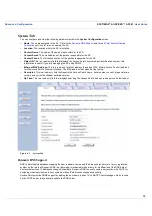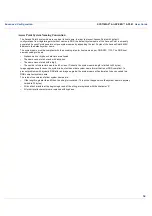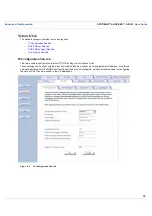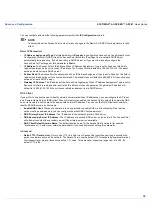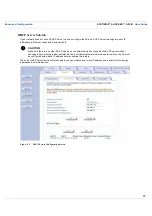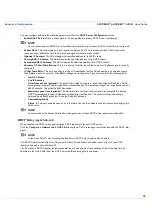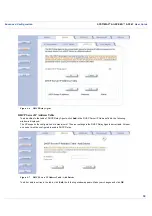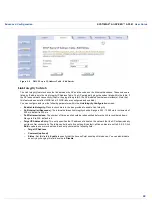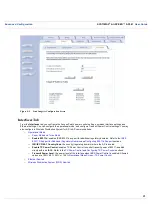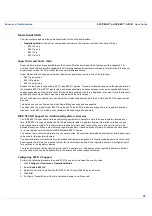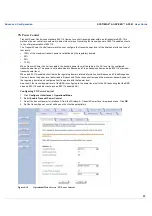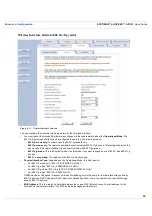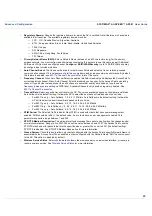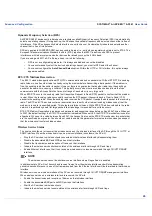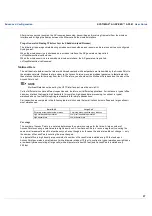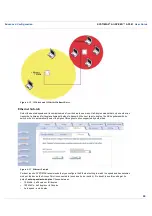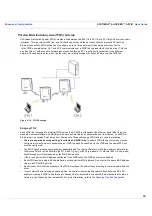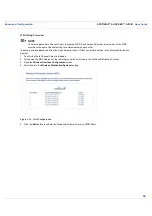
User Guide
Advanced Configuration
SYSTIMAX
AirSPEED
AP541
User Guide
47
After wireless service resumes, the AP resumes beaconing, transmitting and receiving frames to/from the wireless
interface and bridging the frames between the Ethernet and the wireless interface.
Traps Generated During Wireless Service Shutdown (and Resume)
The following traps are generated during wireless service shutdown and resume, and are also sent to any configured
Syslog server.
When the wireless service is shutdown on a wireless interface, the AP generates a trap called
oriTrapWirelessServiceShutdown.
When the wireless service is resumed on a wireless interface, the AP generate a trap called
oriTrapWirelessServiceResumed.
Multicast Rate
The multicast rate determines the rate at which broadcast and multicast packets are transmitted by the Access Point to
the wireless network. Stations that are closer to the Access Point can receive multicast packets at a faster data rate
than stations that are farther away from the AP. Therefore, you should set the Multicast Rate based on the size of the
Access Point’s cell.
NOTE
Multicast Rate cannot be set by the HTTP interface, but must be set via CLI.
Cells of different sizes have different capacities and, therefore, suit different applications. For instance, a typical office
has many stations that require high bandwidth for complex, high-speed data processing. In contrast, a typical
warehouse has a few forklifts requiring low bandwidth for simple transactions.
Cell capacities are compared in the following table, which shows that small cells suit most offices and large cells suit
most warehouses:
Coverage
The number of Access Points in a set area determines the network coverage for that area. A large number of
Access Points covering a small area is a high-density cell. A few Access Points, or even a single unit, covering the
same small area would result in a low-density cell, even though in both cases the actual area did not change — only
the number of Access Points covering the area changed.
In a typical office, a high density area consists of a number of Access Points installed every 20 feet and each
Access Point generates a small radio cell with a diameter of about 10 feet. In contrast, a typical warehouse might have
a low density area consisting of large cells (with a diameter of about 90 feet) and Access Points installed every
200 feet.
Small Cell
Large Cell
Physically accommodates few stations
Physically accommodates many stations
High cell bandwidth per station
Lower cell bandwidth per station
High transmit rate
Lower transmit rate
Содержание SYSTIMAX AirSPEED AP541
Страница 1: ......
Страница 11: ...Contents SYSTIMAX AirSPEED AP541 User Guide 11 802 11a 201 802 11g 202 ...

